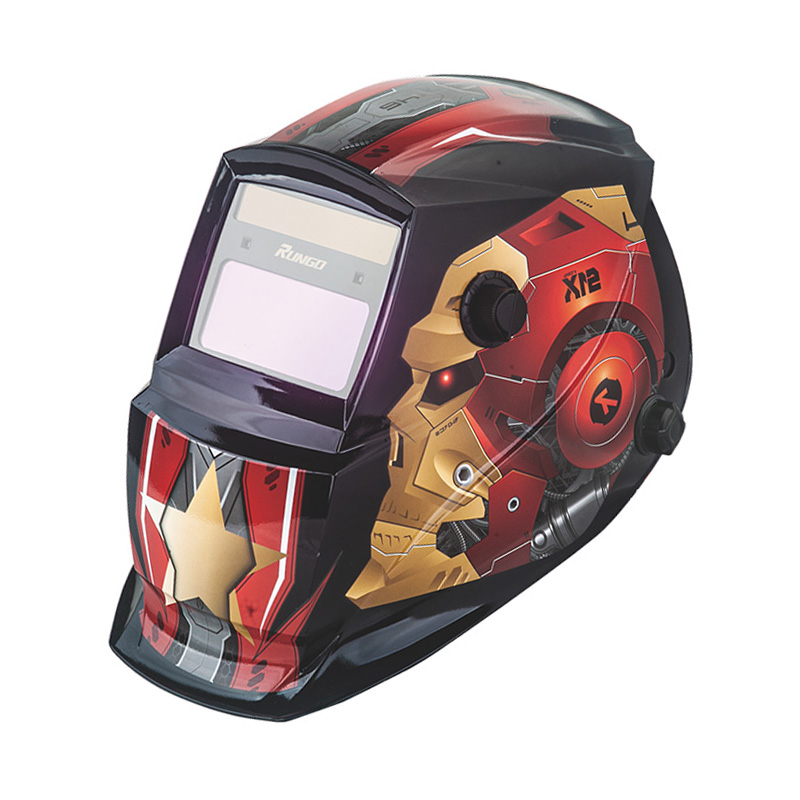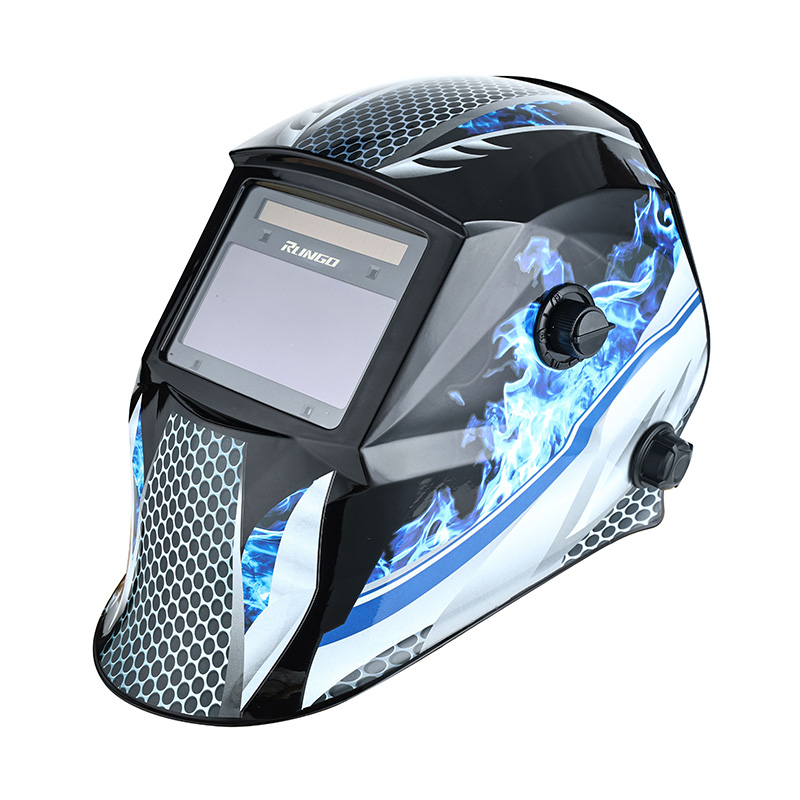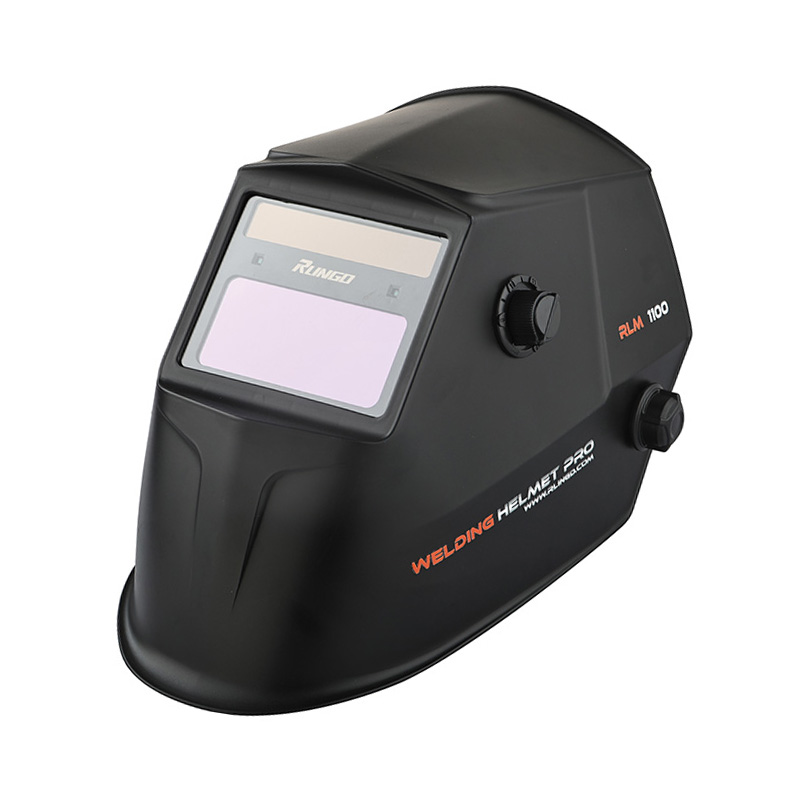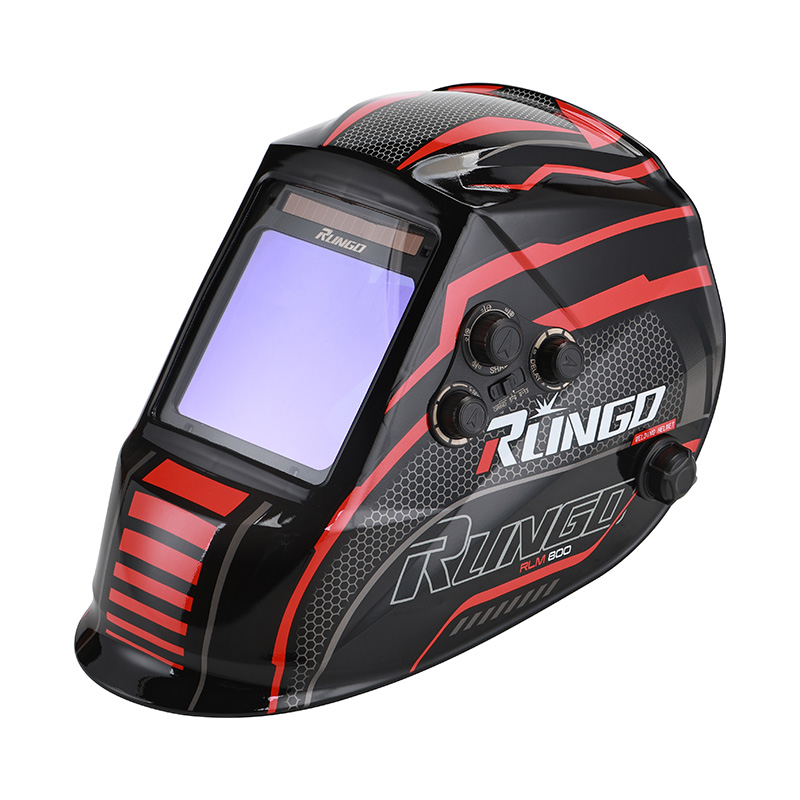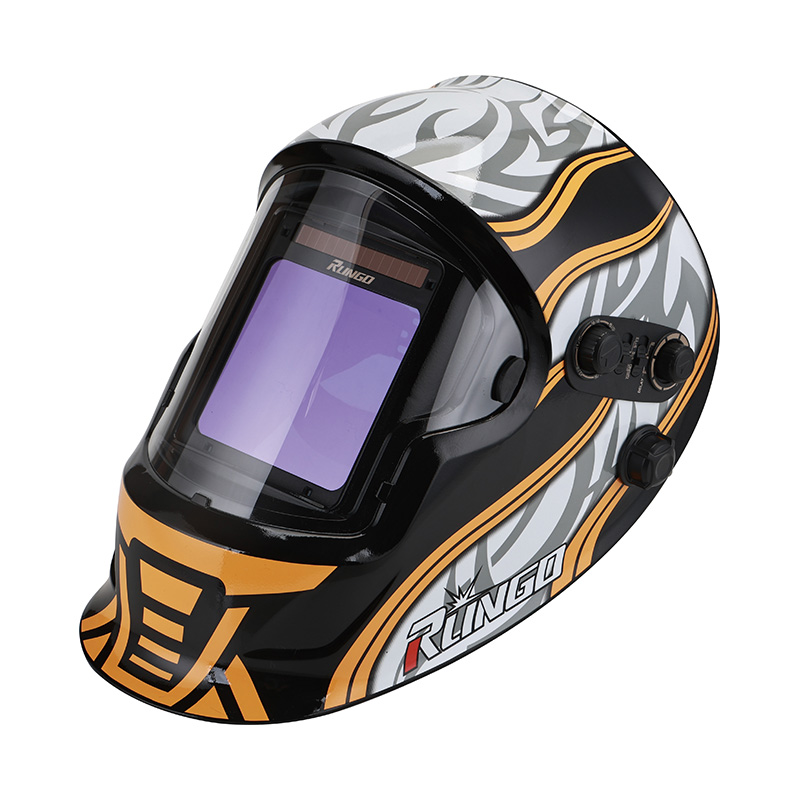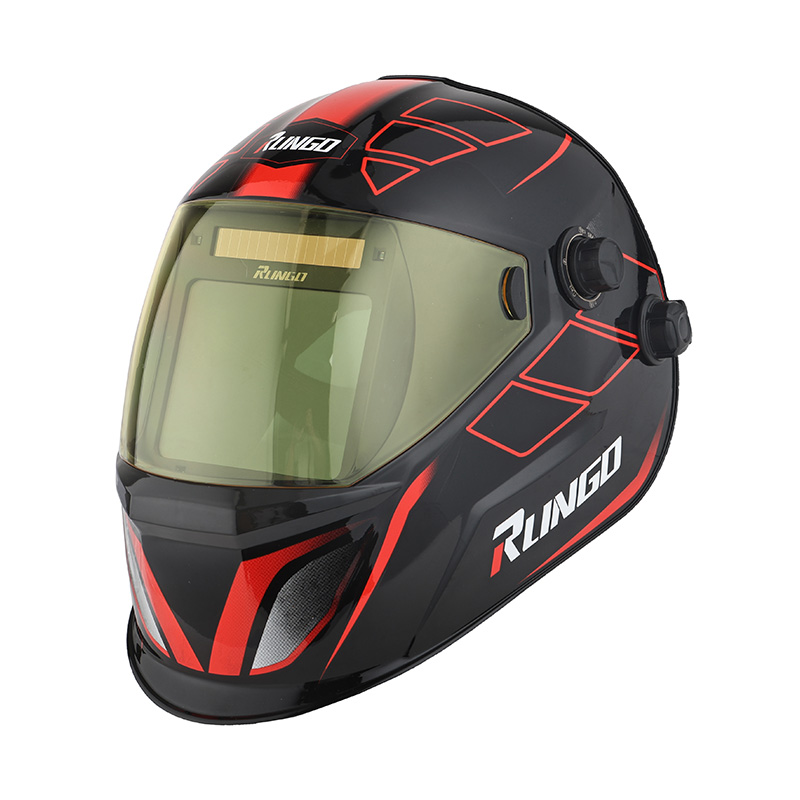Understanding the Protective Levels of Automatic Welding Masks
2025-01-10
High Quality Automatic Welding Mask Wholesaler in China
In the field of welding, safety is paramount, and the Automatic Welding Mask plays a crucial role in protecting the eyes and face of welders from the intense light, heat, and potential hazards associated with the welding process. The effectiveness of these masks is determined by their protective levels, which are categorized based on the type of welding being performed and the specific dangers it presents. This article delves into the intricacies of how protective levels for Automatic Welding Masks are classified and what these levels mean for the welder.

The Automatic Welding Mask is designed to provide a high level of protection against the harmful ultraviolet (UV) and infrared (IR) radiation emitted during welding. These masks are equipped with lenses that are rated according to the American Welding Society (AWS) standards, which categorize lenses into different shade numbers. Each shade number corresponds to a specific level of light transmission, with lower numbers allowing more light to pass through and higher numbers blocking more light.
The protective level of an Automatic Welding Mask is not only about the shade number but also about the response time of the mask. The response time refers to how quickly the mask's lens can transition from a clear state to an opaque state when the welding arc is struck. A faster response time is crucial for protecting the welder's eyes from the sudden bright light. High-quality Automatic Welding Masks typically have a response time of less than 0.1 seconds, which is essential for safeguarding the eyes from the intense flash of light.
Another aspect of the protective level of an Automatic Welding Mask is the filter's ability to block out harmful UV and IR radiation. Welding arcs can emit radiation that can cause damage to the eyes, including conditions like photokeratitis and cataracts. Therefore, the mask's filter must be capable of blocking out these harmful wavelengths effectively. The filter's effectiveness is often tested and certified by organizations like the European Committee for Standardization (CEN), which ensures that the Automatic Welding Mask meets the necessary safety standards.
The comfort and fit of the Automatic Welding Mask also contribute to its protective level. A mask that fits poorly or is uncomfortable to wear may be more likely to be removed or adjusted during welding, which can expose the welder to harmful radiation. Masks with adjustable straps and cushioned headgear are designed to provide a secure and comfortable fit, ensuring that the welder is less likely to remove the mask during the welding process.
The durability of the Automatic Welding Mask is another factor that influences its protective level. Welding is a tough environment, and masks must be able to withstand high temperatures, impacts, and chemical exposure. Masks made from high-quality materials, such as impact-resistant polycarbonate, are more likely to maintain their protective properties over time, even in harsh conditions.
In conclusion, the protective level of an Automatic Welding Mask is a multifaceted concept that encompasses the mask's shade number, response time, filter effectiveness, comfort, and durability. Welders must choose masks that meet the specific requirements of their welding tasks to ensure a high level of protection. Understanding the protective levels of Automatic Welding Masks is essential for welders to make informed decisions about their safety equipment, ultimately protecting their eyes and face from the hazards of the welding process.

